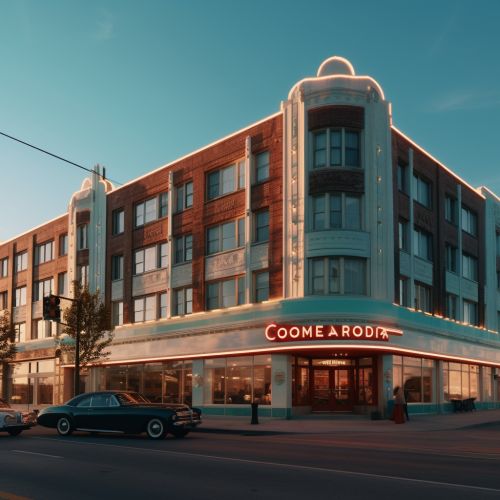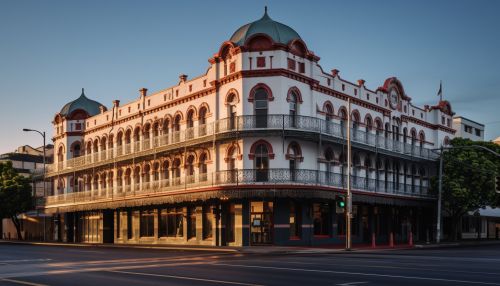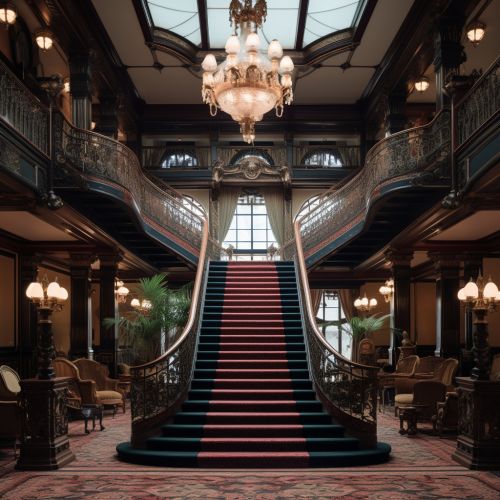Commodore Hotel
History
The Commodore Hotel, located in the heart of New York City, was built in 1919 by Bowman-Biltmore Hotels group. The hotel was named after "Commodore" Cornelius Vanderbilt, the founder of The New York Central Railroad System, whose statue stands nearby. The Commodore was designed by Warren & Wetmore, the architects who also designed the adjoining Grand Central Terminal.


During the 1920s, the Commodore was known for its opulent lobby and grand ballroom, where many of society's elite would gather for lavish parties and events. The hotel was also known for its innovative features, such as an indoor golf course and a rooftop garden.
In the 1930s and 1940s, the Commodore was a popular destination for celebrities and notable figures, including Frank Sinatra and Eleanor Roosevelt. The hotel's popularity began to decline in the 1950s, and by the 1970s, it was in a state of disrepair.
In 1976, real estate developer Donald Trump acquired the Commodore and transformed it into a modern hotel. The renovation, completed in 1980, included a new facade of reflective glass, a redesigned lobby, and updated guest rooms. The hotel was renamed the Grand Hyatt New York.
Architecture
The original architecture of the Commodore Hotel was a blend of Beaux-Arts and Renaissance styles. The hotel's exterior featured a series of arches and columns, while the interior boasted a grand staircase, ornate chandeliers, and detailed plasterwork.


The renovation in the 1980s introduced a contemporary design. The new facade of reflective glass was a stark contrast to the original brick and stone exterior. The interior was modernized with sleek lines and minimalist decor.
Notable Events
Over the years, the Commodore Hotel has been the venue for many notable events. In 1920, it hosted the first dinner of the Algonquin Round Table, a group of New York City writers, critics, and actors. In 1931, the hotel was the site of the first broadcast of the National Broadcasting Company (NBC) radio network.
In 1945, the Commodore was the venue for the United Nations Conference on International Organization, which led to the creation of the United Nations. In 1976, the hotel hosted the Democratic National Convention.
Legacy
The Commodore Hotel's legacy is tied to its contributions to New York City's architectural and cultural history. The hotel's original design is considered a significant example of early 20th century architecture. Its transformation in the 1980s is seen as a symbol of New York City's rebirth and revitalization.
The Commodore's role as a gathering place for notable figures and events has also cemented its place in history. The hotel continues to be a landmark in New York City and a testament to the city's enduring appeal.
